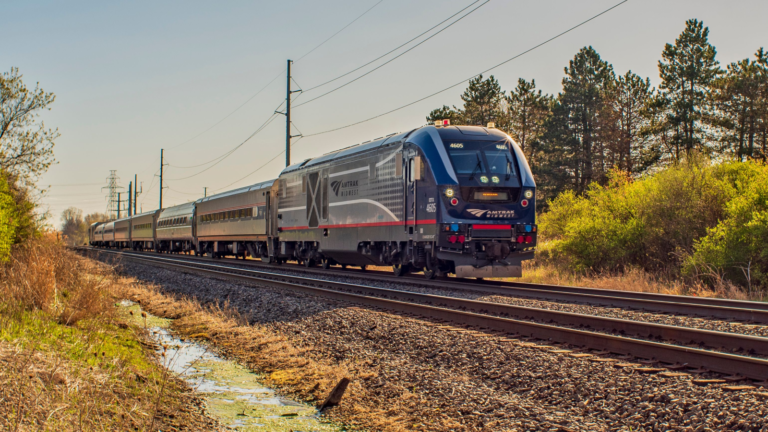If you tried to book a train ticket this week, you might have found the process quite difficult. Routes and bookings had become very sparse in recent days. That’s because Amtrak, an American leader in rail transport, pared down its offerings this week. But, why did Amtrak cancel so many trains? And why are these routes coming back as quickly as they left? It all comes down to a showdown between rail workers and management.
Amtrak is in the middle of a maelstrom. A battle between railroad unions and rail corporations themselves has been affecting the entire rail industry. In short, rail workers from four of the largest railroad unions in the country are unhappy with the tentative contract they are being offered. The contract does not include scheduling reform, something these workers have emphasized as essential to address family and health-related emergencies.
Without a clause to address this, these unions refuse to agree on the contract. And on Friday, a 60-day federally mandated “cool-down” period comes to an end. After this period ends, these unions can legally strike.
This strike stands to detrimentally affect many corners of the American economy, and also exports abroad. 40% of the country’s exports travel by rail, and many essential goods like food, water treatment chemicals and medical supplies travel across the country by freight to American hands.
Early Thursday morning, union leaders have come to terms over a tentative contract. The news comes after an all-night negotiation between these leaders and Labor Secretary Martin Walsh. This contract hopes to prevent the first strike by rail workers in over 30 years. While the news doesn’t throw a strike completely out of question, it allows for some breathing room, since workers will not strike until after a new vote tally.
Amtrak Isn’t Participating in These Negotiations. Why Did It Cancel So Many Trains?
Amtrak, earlier this week, made headlines when it announced a slew of route cancellations
. This morning, it’s backtracking on this decision, working to reschedule these routes as quickly as it can. But why did Amtrak cancel and reschedule so many trains in the first place? Indeed, the company is a rail company, but it doesn’t fit into the puzzle like any other railroading business. The whiplash scheduling changes by Amtrak demonstrate just how powerful private rail companies are, and the detriment striking would make for it.
It’s first worthwhile to discuss Amtrak’s origins because the company is a bit different from a private corporation. Amtrak’s origins trace back to 1970 when it was brought about through a government initiative under President Richard Nixon. Amtrak is a “quasi-public corporation” created by the Rail Passenger Service Act.
This act is the government’s best attempt to restore train ridership back to pre-war peaks. Amtrak is funded by taxpayers, while the government owns all of its preferred stock. It provides the country’s intercity rail transit, which many companies abandoned in favor of more profitable freighting.
It might seem counterintuitive that a government-owned transportation company would shut down during a fight among private freight corporations. But, Amtrak doesn’t have a choice, because it operates largely atop these private companies’ tracks. Almost all of the 21,000 miles of rail Amtrak operates on are owned and maintained by companies embroiled in these negotiations. If workers strike, or companies lock out employees, Amtrak trains are stranded wherever they stand.
So, even while Amtrak is not a part of the negotiations, the news gives Americans just one small taste of what a full-on strike will look like. Now, the parties have tentatively reached a deal that will go to vote. How this vote turns out could determine whether a strike is fully out of the cards or not, but for now, the country can breathe easy.
On the date of publication, Brenden Rearick did not have (either directly or indirectly) any positions in the securities mentioned in this article. The opinions expressed in this article are those of the writer, subject to the InvestorPlace.com Publishing Guidelines.

